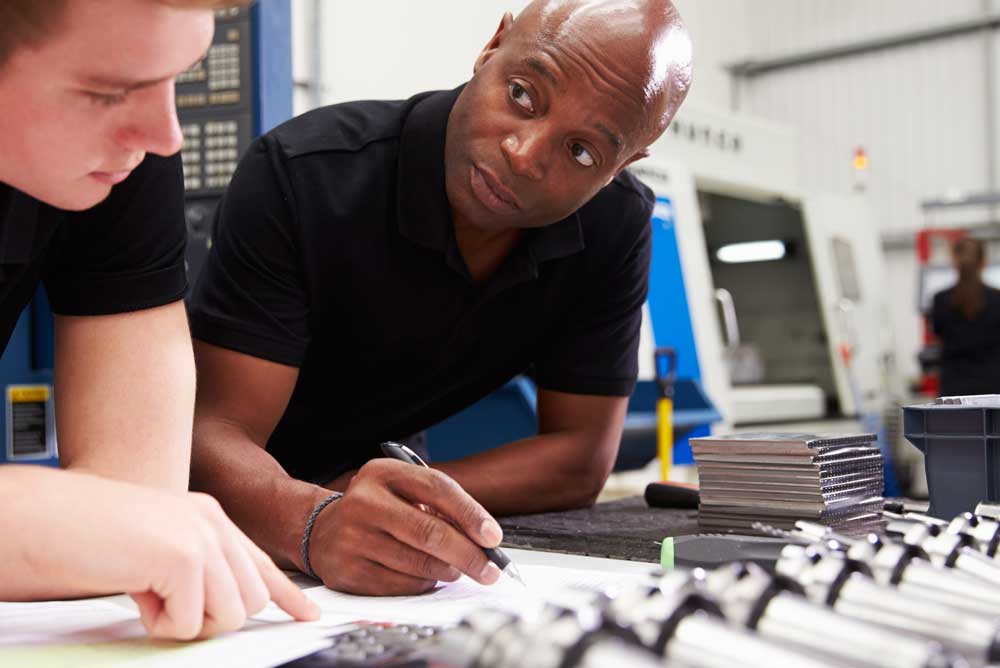Disclaimer: The information on our website is provided for general information purposes only. We make no representations or warranties of any kind, express or implied, about the completeness, accuracy, reliability, suitability or availability with respect to the website or the information contained on our website for any purpose. Any reliance on such information is therefore strictly at your own risk and we are not liable for any damages or losses arising out of or resulting from your reliance on any information contained on our website.
A product safety engineer creates and conducts research to determine product safety levels for products and recommend procedures to detect, prevent, and eliminate hazards on the job. Those in this career field may also be called product safety consultants, product safety officers, and system safety engineers.
Watch a video to learn what a product safety engineer does:
How to Become a Product Safety Engineer
A product safety engineer usually requires a bachelor’s degree along with extensive work-related experience and knowledge. On-the-job training is provided as needed. However, an employer will expect you to already have the skills necessary to perform this job. Knowledge of engineering, technology, design, and safety laws and regulations is needed in this career field. The technology skills needed include working knowledge of scientific software, computer-aided design software, and database user interface and query software.
Job Description of a Product Safety Engineer

Product safety engineers investigate the causes of illnesses, accidents, or injuries on-the-job that may relate to product use. They determine ways to prevent or minimize potential hazards on-the-job and conduct research to evaluate the safety levels for products. These engineers report their findings of accident research and determine what aspect of the product’s design puts other’s safety at risk. They will then recommend any procedures to detect, prevent, and eliminate the physical, chemical, or other product hazards.
Product safety engineers must ensure that the safety laws, regulations, or standards that are in place are abided by and must then advise others on health and safety issues. Sometimes, a product safety engineer is required to testify at legal or legislative proceedings.
Free Teacher and Student Resources
The American Society of Safety Professionals has an article titled How Can We Fix the Fit of Personal Protective Equipment. Teachers, you can direct your students to start reading after the The Right Fit Delivers the Best Protection heading. Additionally, you may need to explain that PPE stands for Personal Protective Equipment.
Product Safety Engineer Career Video Transcript
No amount of regulations or safety measures can completely eliminate risk from the world, but health and safety engineers use engineering tools and technology to make our lives as safe as possible. These engineers promote worksite and product safety to minimize danger from a variety of hazards —chemical, physical, biological, and even psychological. They focus both on preventing hazardous conditions and developing safety measures to control problems when they do occur.
There are several types of health and safety engineers: Industrial safety and health engineers often team up with public health and safety workers to investigate industrial accidents and injuries, find their cause, and prevent future problems. Fire prevention and protection engineers analyze buildings, transportation systems, and materials for potential fire hazards, and design fire prevention and suppression systems.
Product safety engineers test products, from nuclear submarine reactors to children’s toys, to ensure they are safe and meet regulations. Systems safety engineers work in many fields, including aerospace, medical safety, and environmental safety, to ensure safe system designs. While health and safety engineers spend time in the office, they also travel to worksites to evaluate machinery and environments and to train workers in safety and emergency procedures. Many of these positions require a four-year college degree in environmental health and safety or a related engineering field.
Article Citations
Bureau of Labor Statistics, U.S. Department of Labor, Occupational Outlook Handbook, Health and Safety Engineers.
National Center for O*NET Development. 17-2111.03. O*NET OnLine. This page includes information from O*NET OnLine by the U.S. Department of Labor, Employment and Training Administration (USDOL/ETA). Used under the CC BY 4.0 license. O*NET® is a trademark of USDOL/ETA. RethinkOldSchool, Inc. has modified all or some of this information. USDOL/ETA has not approved, endorsed, or tested these modifications.
The career video is in the public domain from the U. S. Department of Labor, Employment and Training Administration.

